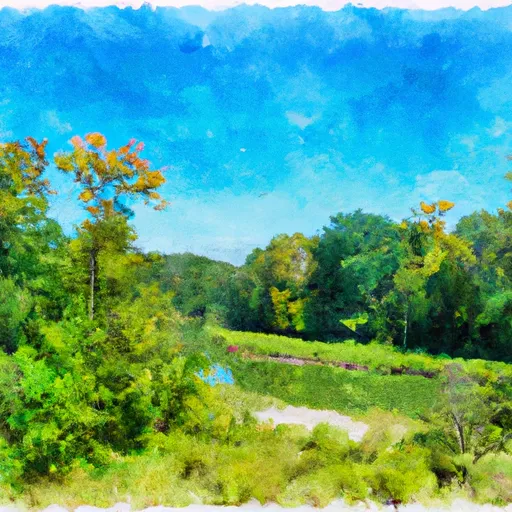°F
°F
mph
Windspeed
%
Humidity











Lindenwald, Ohio is a small suburban community located in Butler County. It experiences a humid continental climate, characterized by hot summers and cold winters. Average temperatures range from around 80°F (27°C) in summer to 30°F (-1°C) in winter, with moderate precipitation throughout the year.
The hydrology constituents in Lindenwald primarily include the Great Miami River and its tributaries. This water system provides opportunities for various outdoor activities such as fishing, boating, and kayaking. The river and its surrounding areas are also excellent for birdwatching and hiking.
In addition to the Great Miami River, Lindenwald is surrounded by several parks and nature reserves. Miami Whitewater Forest, just a short drive away, offers extensive recreational opportunities, including trails, picnic areas, and a lake for fishing and boating. Nearby parks like Joyce and Forest Run provide additional options for outdoor enthusiasts.
Lindenwald, Ohio's climate, hydrology constituents, and the abundance of nearby parks make it an attractive destination for individuals seeking outdoor recreation opportunities. Whether exploring the river or hiking through beautiful natural areas, this charming community offers a variety of activities to enjoy the great outdoors.
Weather Forecast
Lindenwald receives approximately 1099mm of rain per year, with humidity levels near 81% and air temperatures averaging around 13°C. Lindenwald has a plant hardyness factor of 6, meaning plants and agriculture in this region thrive during a short period during spring and early summer. Most plants will die off during the colder winter months.
Regional Streamflow Levels
47
Cubic Feet Per Second
38
Cubic Feet Per Second
24
Cubic Feet Per Second
939
Cubic Feet Per Second
Nearby Camping
| Camping Area | Reservations | Toilets | Showers |
|---|---|---|---|
| Logan-Hubble County Park | |||
| Bullock Pen Lake Ramp - DFWR | |||
| Big Bone Lick State Park | |||
| Boltz Lake Ramp - DFWR | |||
| Kentucky Horse Park Campground | |||
| Harrison Lake State Park |



